In the last post, I described the expansion of the design object in the last centuries. This process is followed by another historical change in the opposite direction. Instead of expanding together with the object, the design representations are becoming smaller and more precise. The representations are being contracted in the hopes of corralling the expansive design object; however, this is not being always successful. The attempts to grasp the entire design object in representations is often neglecting qualitative new aspects acquired by the expansion.
Let’s take the example of a cathedral. During the middle ages, a cathedral was a place to have a regular contact with the metaphysical. To promote that, the physicality of the building converged high up into the sky. The design object were the stones, piece of wood, and stained glass put together at the construction site. The construction site itself represented the object as it was emerging. The architectural drawings that we make today were rarely made in the middle ages.

One of the archaic techniques used in the construction sites to design arches is rope balancing, in which a set of stones attached to a rope helps to have ideas about load distribution and estimate supported weight. The cathedral is visualized upside down, taking advantage of the same gravity it has to fight against.
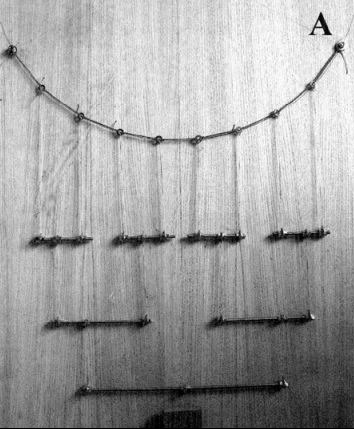
In the late middle ages, the cathedrals have grown a lot in complexity and wooden models were made before building them. The first models did not even follow a consistent scale since the concept of scale was not yet disseminated; the interpretation of the model had to be made while building.
The wooden model of the Duomo in Milan was one of the most advanced models of those times (1519).
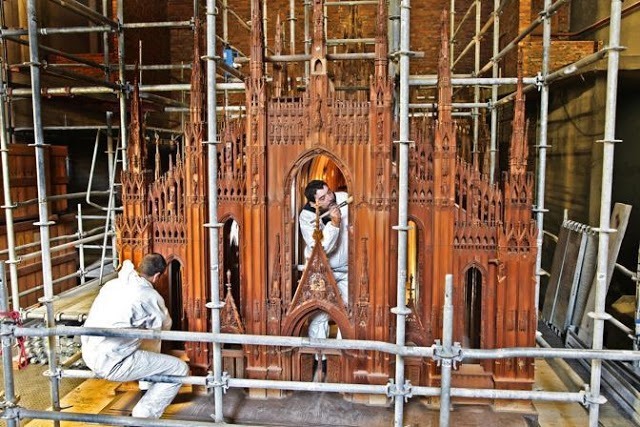
The dissemination of the perspective technique in the Renaissance and wide availability of cheap paper allowed for sketching buildings. They were meant to represent the building in a rough way, as a quick attempt to grasp its shape.
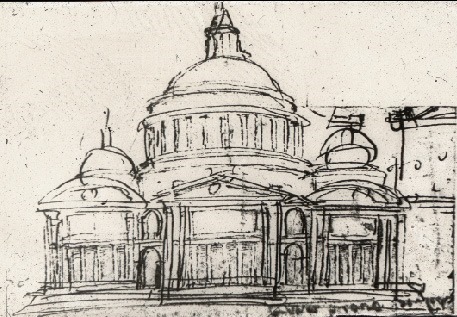
The sketches evolved into detailed drawings based on strict scales and perspectives, load calculation and so on. The cathedrals could be built just by following these drawings, liberating the architect from the construction site. At this point, the design object was the complex entity of a building. The materials that were once so difficult to tame now became a trivial thing.
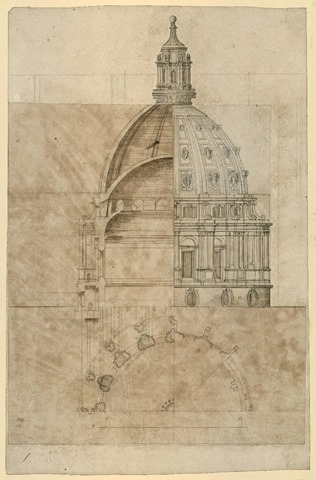
Computer Aided Design (CAD) emerged in the late twentieth century. The architectural drawings could be made inside the computer with the advantages of increased precision, modifiability, and portability. The computer allowed to create drawings by programmatic code, generating visual patterns that would be extremely laborious to do by hand. The tridimensional models generated from code were also much cheaper and faster than the scale models. On the other hand, the manipulation of the drawing became extremely slower in comparison to paper and pencil. The computer was not as fast and flexible as the oldest technology. This was the major step in the contraction of design representation so far.
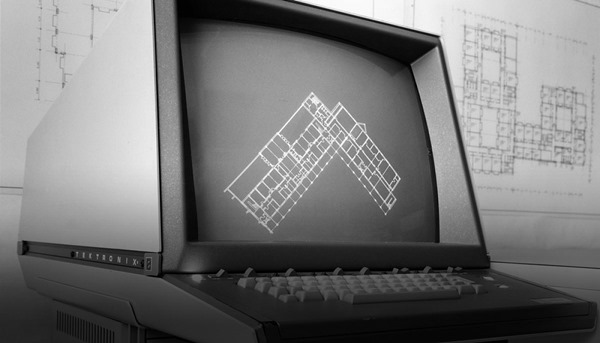
Currently, CAD is undergoing a major transformation. Instead of just providing accurate visual information, CAD is increasingly being used to generate non-geometric information such as material costs estimates. With the added time dimension, the building can be designed together with its own construction process, explained step by step in an animation. The goal is in fact to provide as much as useful information as possible while designing buildings, an ideal known as Building Information Modeling.
Despite the significant advances in making computer modeling tools faster and flexible for conceptual design, these design representations are not yet following the expansion of the design object towards interactions, services, and experiences. The computer-generated 3D walkthroughs are very poor in conveying the sense of astonishment and awe that one can get by visiting a cathedral. The problem is that CAD does not take into account the human body in representation.
In my PhD research, I made some attempts to expand design representations by including visualizations of the user activities. This is documented in a journal paper published at Building Research & Information. I also created a plugin for a BIM software that can visualize that; however, I have to admit that this plugin still simplify too much what activity consists of (merely walking paths).
I believe that this contradiction between the expansion of the design object and the contraction of design representations is very tense nowadays, with raising demands for representing interaction, services, and experiences and, at the same time, more pressure to adopt more precise and resourceful representation tools. There is no easy way out of this contradiction, but perhaps it could be a source for innovations in the upcoming years. The question is how to represent interactions, services, and experiences in a not-too-contracted way?

